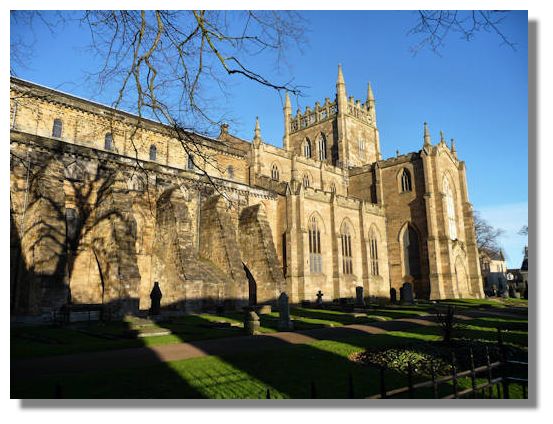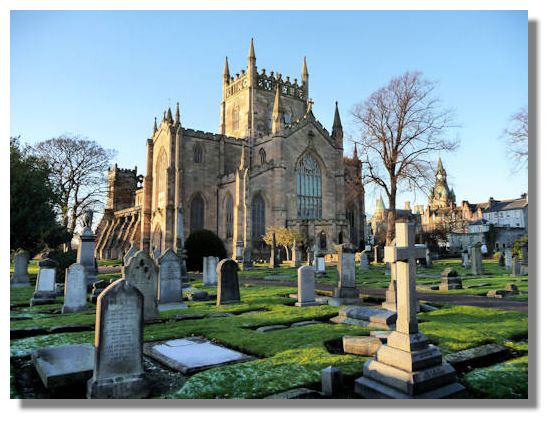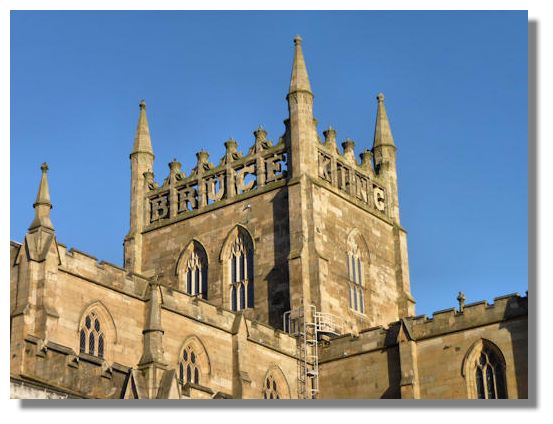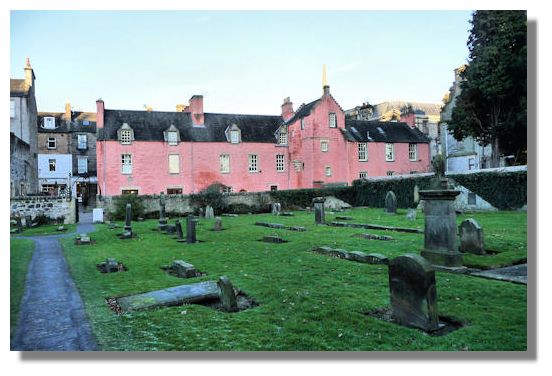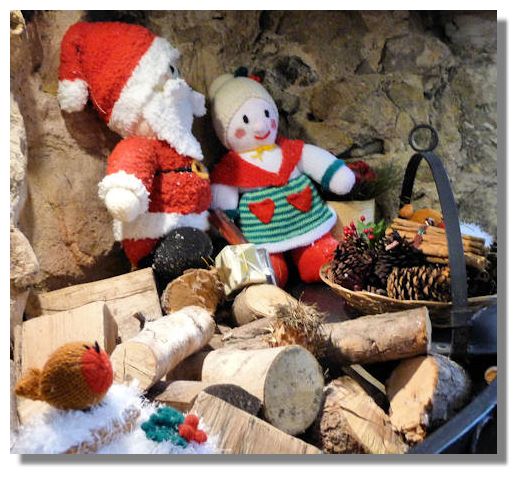The Rampant Scotland Newsletter includes a number of photographs which illustrate the weather and the seasons, plus the flora and fauna of the current week around Scotland. This separate "colour supplement" displays some more pictures, in a larger format. Here is this week's crop of Scottish views!
King Malcolm III (known as "Canmore") and his wife Margaret were married in Dunfermline in 1070 and it was Margaret (later canonised as St Margaret) who established a Benedictine priory there before the end of the 11th century. However, it was their youngest son, when he became King David I, who enlarged the priory to the status of an abbey during his reign from 1124 to 1153. Because of St Margaret (a chapel to her was completed in the middle of the 13th century), Dunfermline became a place of pilgrimage and its abbey became one of the richest in the country.
After the Reformation of the church in Scotland in the middle of the 16th century, the Roman Catholic abbeys across Scotland, including Dunfermline, were no longer used as places of worship and were not maintained. Even so, massive buttresses were added in the 1620s to strengthen the walls of the nave. But during the 17th and 18th centuries St Margaret's chapel, a tower and the gable of the choir all collapsed. In the early 19th century, it was decided to build a new church on the site of the eastern limb of the abbey. That building, with its tower dedicated to King Robert the Bruce, is seen in the picture above.
In more recent times, it is King Robert I (The Bruce) who is commemorated most at Dunfermline Abbey with the words "King Robert the Bruce" carved round the central tower. This was built in the early 19th century after the original tower fell in a violent storm. During restoration work, human remains considered to be those of King Robert the Bruce were found and reburied in a position later occupied by the pulpit. There is a commemorative plaque and spotlights marking the spot. At his request, King Robert's heart was taken on a Crusade by James Douglas. In a fight against the Moors in Spain, Douglas was killed and the embalmed heart was returned to Scotland. It was later buried in Melrose Abbey.
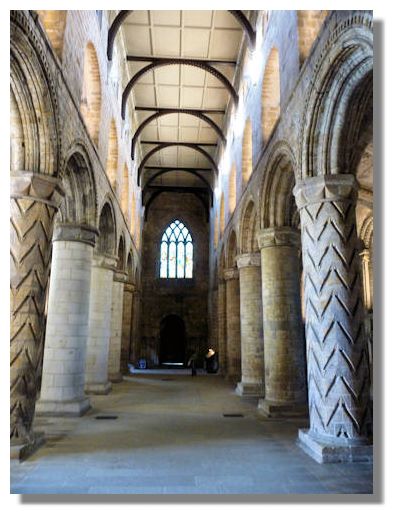
In addition to King Malcolm III and his wife Margaret, a number of other kings, queens, princes and princesses were buried in Dunfermline Abbey. Three of King Malcolm III's sons - King Edgar (1107), King Alexander I (1124) and his queen Sybilla and King David I (1153) were all interred there as was David's grandson, King Malcolm IV (in 1165). Later, King Alexander III (1286) and his queen (another Margaret) were buried at Dunfermline. This is the nave of Dunfermline Abbey with its soaring columns - the roof is part of a 19th century renovation.
Adjacent to Dunfermline Abbey is Abbot's House, which incorporates parts of an earlier 15th century house and is thus the oldest dwelling in Dunfermline. Although within the original grounds of the abbey, there is no evidence to suggest that it was occupied by the abbot - the earliest reference to 'Abbot House' is in the 19th century. It is now the Abbot House Heritage Centre, with displays covering many of the events of Scotland's history.
As part of the Abbot's House Heritage Centre, there is a popular and busy Abbot's Kitchen Café offering locals and tourists a range of light lunches, snacks and home baking. At this time of year, the old fireplace with its logs has been decorated with Christmas decorations - including a woollen Santa Claus and his wife.If you want to look back at earlier editions of this Colour Supplement, there is an Index Page
